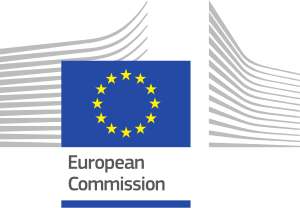The article draws on the work of EUnetHTA’s Work Package 5 of JA1 (2010-2012) and Work Package 5 of JA2 (2012-2015), the HTA Core Model® as well as the methodological guidelines on issues relevant to REAs, when discussing what has been done to facilitate collaboration in this area. Some of the recommendations from the article are already or are currently implemented in the work on the joint EUnetHTA Rapid Relative Effectiveness Assessments as can be illustrated by some of the recent reports on sorafenib and ramucirumab.
The article identifies specific steps to be taken in order to increase and improve European collaboration in the field of REAs of new drugs:
- The scoping should start sooner
- Improved transparency of the topic selection
- Possibility for each country to select parts of the assessment that matches their national context
- At least two countries are to be involved in producing joint REAs, as well as a number of reviewing countries, and
- Optimal transparency of decision criteria to explain potentially different outcomes of the coverage process in the individual countries.
Find the full article here.

